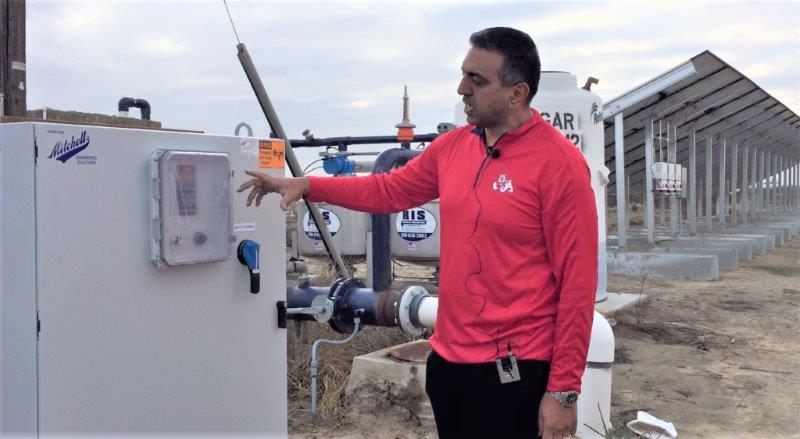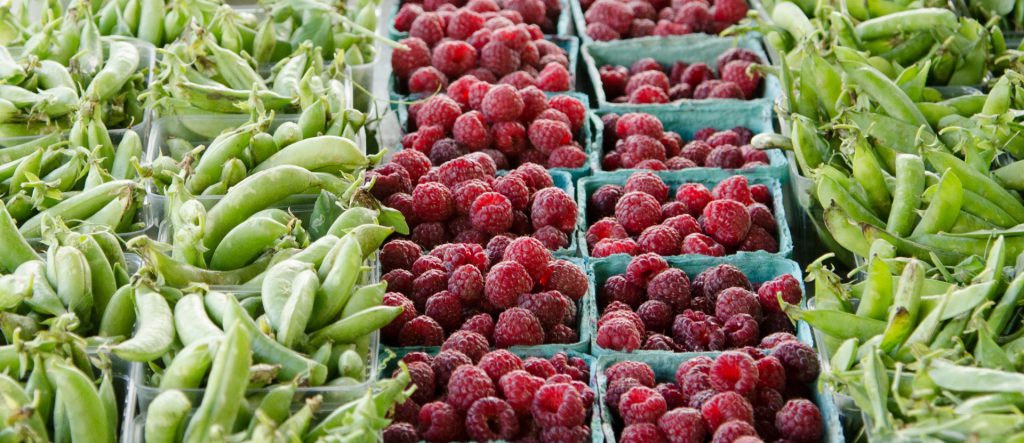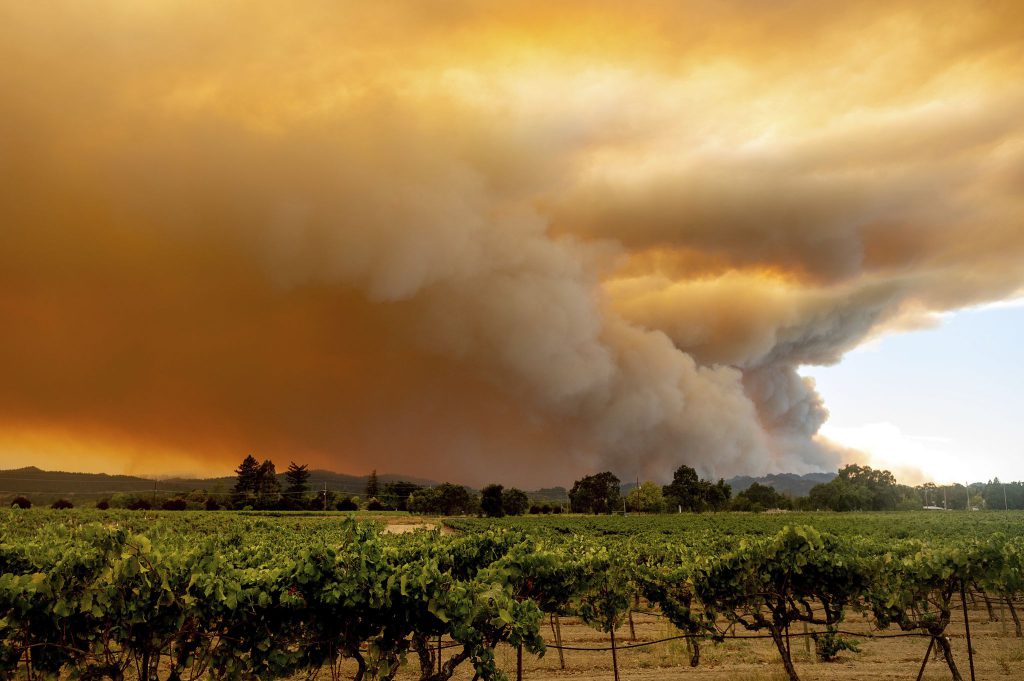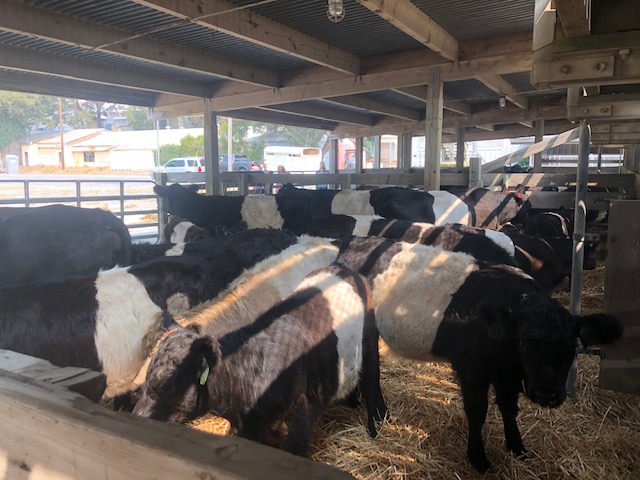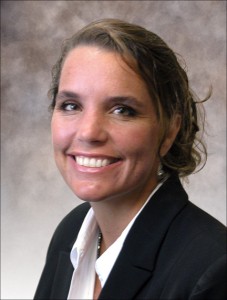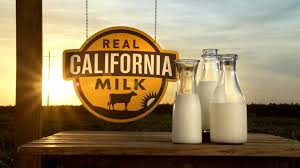From a California Milk Advisory Board news release
Committed to helping California families facing hunger, the California Milk Processor Board (CMPB), creators of got milk? and toma leche, and the California Milk Advisory Board (CMAB), representing California dairy farm families, have announced a partnership with Feeding America® to help provide 1 million meals and 1 million servings of milk through the launch of #FoodForThought, a campaign highlighting acts of kindness while inspiring and encouraging people’s desire to give back to their community.
More than 4.2 million people in California face hunger and that number is rising. The COVID-19 pandemic has resulted in an increased need for food assistance in communities across the country. #FoodForThought is dedicated to recognizing the myriad acts of kindness displayed by individuals and groups committed to serving communities – from preparing meals for families to surprising and delighting friends with milk and cookie drops and much more. Starting this week, with a donation of 1 million servings of milk from California dairy farm families, each #FoodForThought mission of kindness post shared and engaged with on Instagram that mentions @gotmilk through September 30th will help contribute meals towards the accompanying 1 million meals goal.
“This initiative naturally leans into who we are, what we do and what makes milk special – wholesome, nutritious, comforting – while giving people a reason to share positivity by joining a good cause that helps mitigate the uncertainty some families feel when it comes to their next meal,” said Steve James, Executive Director of the California Milk Processor Board and visionary leader of ‘got milk?’. “Our state has a population in need, with many who can give. So, whether you can give a lot, give a little, give kindness, give love – as neighbors, we know there’s strength in coming together. As got milk? and toma leche, we know strength starts with nourishment. Milk has a role to nourish families in California and encourage people to spread acts of kindness in their communities. #FoodForThought is just the start of the amazing things we can do together and provides the opportunity of spreading social good and positivity to California families in need.”
To launch the campaign with the first #FoodForThought act of kindness at the Los Angeles Regional Food Bank, ‘got milk?’ enlisted the help of actor, producer, director and father of three, Matt Bomer, and Brazilian-Mexican actor, television personality and father of two, Jaime Camil. Matt and Jaime joined got milk?/toma leche and California dairy farmers to shadow veteran volunteers for a behind-the-scenes look at the impactful and profound work happening at Feeding America member food banks. During the visit they honored volunteers with a meal and special care package and presented a $300,000 donation to Feeding America from California dairy farmers to fund over 1 million servings of milk in California communities.
“California dairy farmers put their heart and soul into providing a wholesome product and ensuring it is accessible to all communities. It pains farmers to see so many children and families struggling with hunger and they are grateful to do something to help,” said John Talbot, CEO of the CMAB. “Each small act of kindness – from volunteering time at a food bank to providing a meal or a smile to a neighbor – feeds positivity and hope in communities. We hope this initiative also fuels ongoing support for organizations like Feeding America in their service to help families in need.”
Feeding America, the largest domestic hunger-relief and food rescue organization in the country, reports in its Map the Meal Gap study that 1 in 9 people – or over 4 million – Californians are struggling with hunger, including more than 1.3 million children.
“Before the COVID-19 pandemic, every community was home to families struggling with hunger. Sadly, that shows no sign of stopping and food banks are experiencing a rise in demand,” said Blake Thompson, Chief Supply Chain Officer at Feeding America. “#FoodForThought will bring relief to our neighbors in California who are worried about where their next meal will come from. We thank the California Milk Processor Board and California dairy families for their generous support.”
The #FoodForThought donations will be coordinated by Feeding America to 17 of its member food banks and their network of feeding programs in California. You can learn more about #FoodForThought and ways to donate/help by visiting gotmilk.com, tomaleche.com and realcaliforniamilk.com, or following @gotmilk @tomaleche @realcalifmilk or #FoodForThought on Instagram. Direct donations can be made through milklife.com/give.
Every dollar donated to Feeding America® secures the equivalent of at least 10 meals on behalf of their network of local member feeding programs, including nutritious foods like milk. From August 24, 2020 through September 30, 2020 each engagement received on a #FoodForThought post, generates a $1 Feeding America donation from the California Milk Processor Board, with a guaranteed minimum commitment of $25,000 and a maximum commitment of $100,000 for a goal of 1 million meals.
Feeding America considers the value of a gallon of milk to be $4. A $300,000 donation by California dairy families will secure 75k gallons of milk. With 16, 1-cup servings of milk per gallon, that will equal 1.2 million servings of milk.




